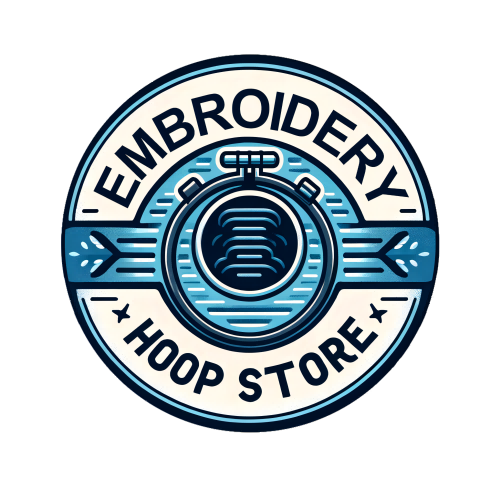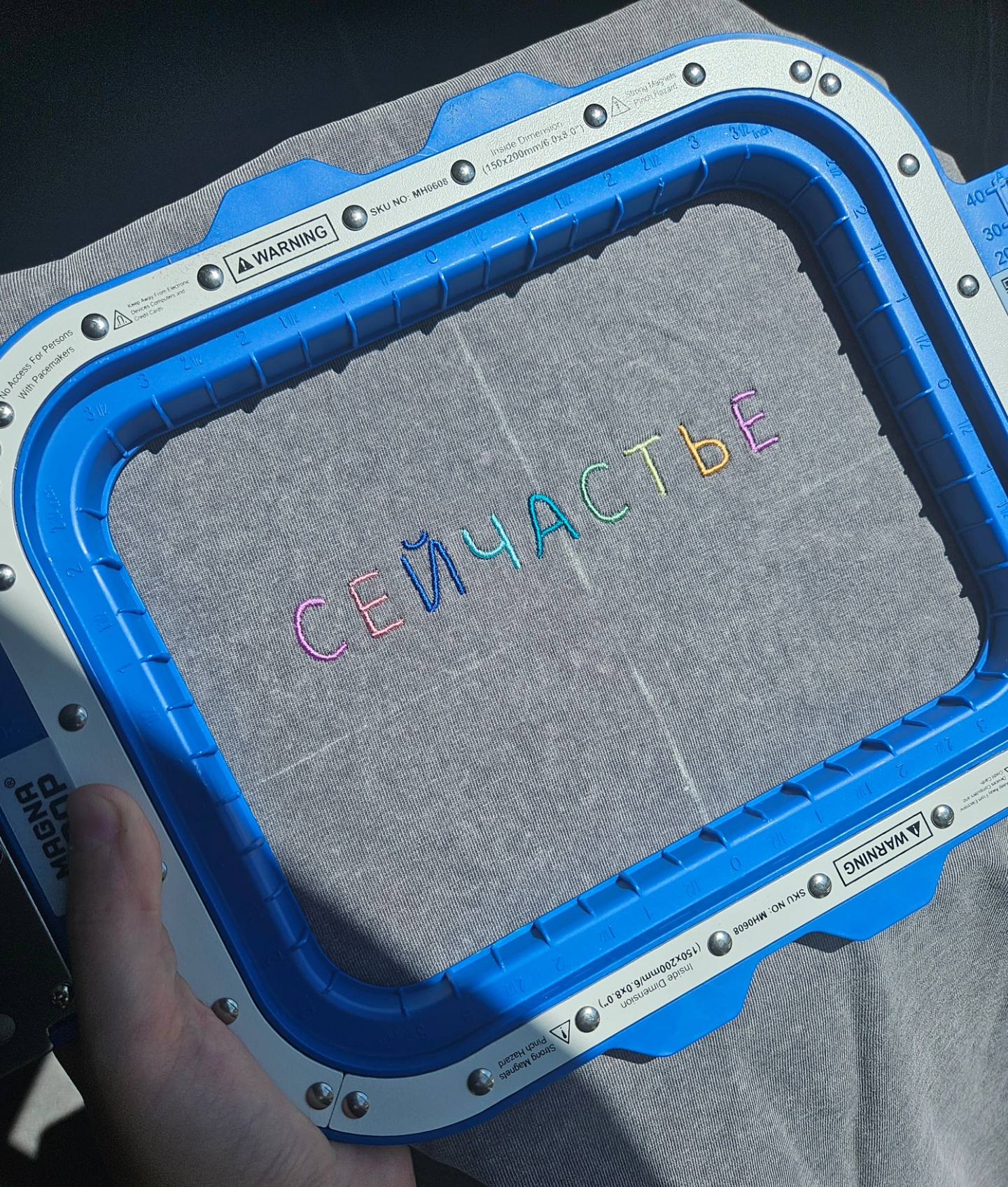1. Embroidery Stabilizers
One of first terms you learn as a new embroider is the word backing or stabilizer. Embroidery backings are the foundation of machine embroidery and create the stability you need to machine embroider on anything, especially stretchy knits and polyester performance shirts. For those with new embroidery machines, choosing the correct stabilizer for the job is one of the more important decisions you make when starting an embroidery job.
2. What Is Embroidery Stabilizer?
You may be new to machine embroidery, but you have probably seen embroidery backings before on embroidered shirts you have worn. It's the piece of fabric behind the stitches that provides support during the embroidery process. Backings are typically wet-laid nonwovens, meaning they are made up of random fibers held together by a binder.

3. What are the Different Types of Embroidery Backing?
There are 3 major types of embroidery stabilizers: Cut Away, Tear Away, and Water Soluble. Most backings are available in different weights, usually advertised as ounces per square yd. The heavier the backing, the more stability it usually provides. A good backing supplier will sell many different weights, types and sizes of stabilizer in both pre-cut sheets and on rolls.
3.1. Cut Away Backings
provide the most stability and stay on the garment helping to keep it stable after being embroidered. With a cut away backing, after you are finished embroidering, you cut away excess backing close to the design and the rest stays on the fabric. reduce hoop burn

3.2. Tear Away Backings WITH YOUR fingers
slide are removed, or torn away, from the fabric after embroidery. watch They are generally less stable than cut away and are used for light support, on less stretchy fabrics and items where the back may be visible - like towels and linens. With tear away stabilizers, you just tear away the backing when you are finished with embroidery.

3.3. Water Soluble Stabilizers
dissolve when immersed in water. There are two types of water soluble stabilizers (WSS) a film type called Badgemaster and a nonwoven fabric type called Vilene. Both work the same way and it's personal preference which one you use.
4. Why does embroidery have backing?
When people engage in embroidery work, they will choose fabrics of different thicknesses, such as T-shirts, jackets, jeans, hats, etc. If embroidery is not done without embroidery Stabilizer, the embroidery needle will directly contact the fabric. For thin fabrics, support the fabric for embroidery The pressure brought by the machine will damage the fabric. For thick fabrics, if no embroidery Stabilizer is used, the embroidery needle acts directly on the fabric, which will cause the embroidered patterns to shrink together, resulting in poor results. When using embroidery with different thicknesses The embroidery Stabilizer can relieve the pressure on the fabric when the embroidery machine is working, so that the surface of the fabric can present a perfect embroidery effect.

5. Compatible Magna Hoop Sizes
MagnaHoop is the most popular magnetic embroidery hoop brand, which has the characteristics of fast and tight cloth clamping without manual adjustment. With this magnetic hoop, you can quickly and firmly clamp your fabrics or clothes, saving you time and labor cost. MagnaHoop has a stronger magnet than Mightyhoop and can be used almost 35 times more than Mightyhoop in life cycle,MagnaHoop compatible for over 200+ brand embroidery machines as the following sizes:
6. FAQ:
Q: What do you put on the back of embroidery?
A: Embroidery Stabilizers.
Q: What is the backing fabric for embroidery called?
A: Embroidery Stabilizers.
Q: How do you remove paper from embroidery backing?
A:Tear Away Backings WITH YOUR fingers. Or wash with water if using Water Soluble Stabilizers.
Q: Do you need paper to embroider?
A:Of course it is necessary, it can effectively protect your fabric and present a perfect embroidery effect.
"

